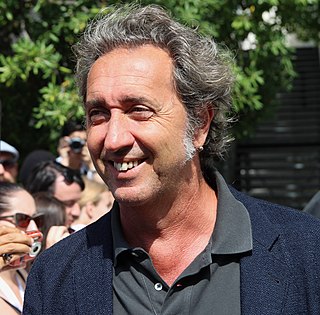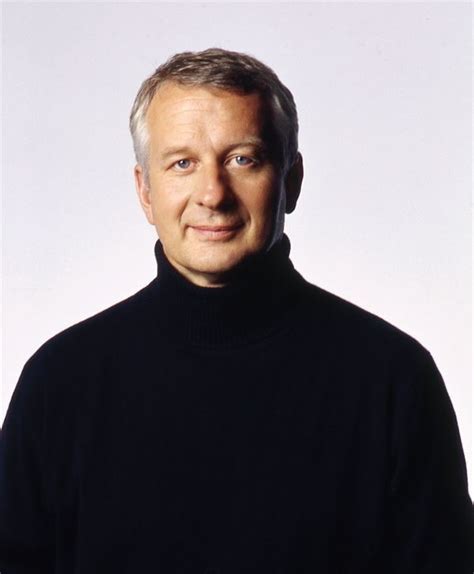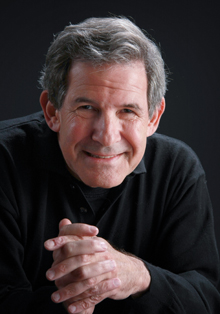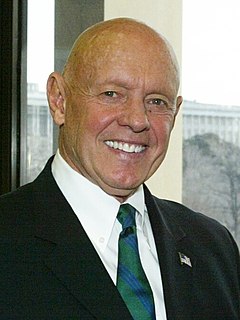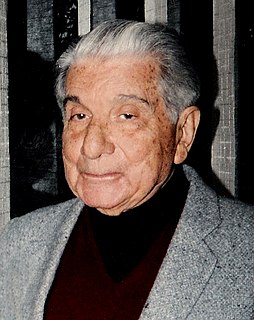A Quote by Gerard Verschuuren
Exorcists always need to distinguish demonic possessions from mental or psychiatric disorders, and they use three symptoms to identify people as possessed. First, those people have the ability to see hidden sacred objects, which they always want removed. Second, they have an extraordinary physical strength. And third, they show an aversion to the sacred
Related Quotes
Everything we see hides another thing, we always want to see what is hidden by what we see. There is an interest in that which is hidden and which the visible does not show us. This interest can take the form of a quite intense feeling, a sort of conflict, one might say, between the visible that is hidden and the visible that is present.
I refuse to turn to theology to justify the life or redeem it. There is a question always of the connection to the eternal. I say to myself above all, keep alive your conviction that there are sacred elements in the life in the practice of the life that must be respected. But the conviction in the existence of the sacred does not necessarily imply that you need to believe in a creator, because we are the ones that made the sacred.
There are usually three sections of people who like my work. There are those who like them aesthetically. They see beauty in the images. Second, there are those who like the horror aspect, which is by design, and I like that. Third, there are those who are moved by the historical or political nature of them. They want to talk about them.
People who need to possess the physical copy of a book, and not merely an electronic version, are in some sense mysteics. We believe that the objects themselves are sacred, not just the stories they tell. We believe that books possess the power to transubstantiate, to turn darkness into light, to make being out of nothingness.
The collective psychology is something very close to being sacred - we can do it but we don't do it. We should understand that the Holocaust in the European conscience is reaching a point which is very close to what is sacred for people in the Southern countries, whether they are Muslims or not. Because of that we need to try to have intellectual empathy.
There are three aspects to perspective. The first has to do with how the size of objects seems to diminish according to distance: the second, the manner in which colors change the farther away they are from the eye; the third defines how objects ought to be finished less carefully the farther away they are.
All things are created twice. There is a mental (first) creation, and a physical (second) creation. The physical creation follows the mental, just as a building follows a blueprint. If you don't make a conscious effort to visualize who you are and what you want in life, then you empower other people and circumstances to shape you and your life by default.
There were epochs in the history of humanity in which the writer was a sacred person. He wrote the sacred books, universal books, the codes, the epic, the oracles. Sentences inscribed on the walls of the crypts; examples in the portals of the temples. But in those times the writer was not an individual alone; he was the people.




